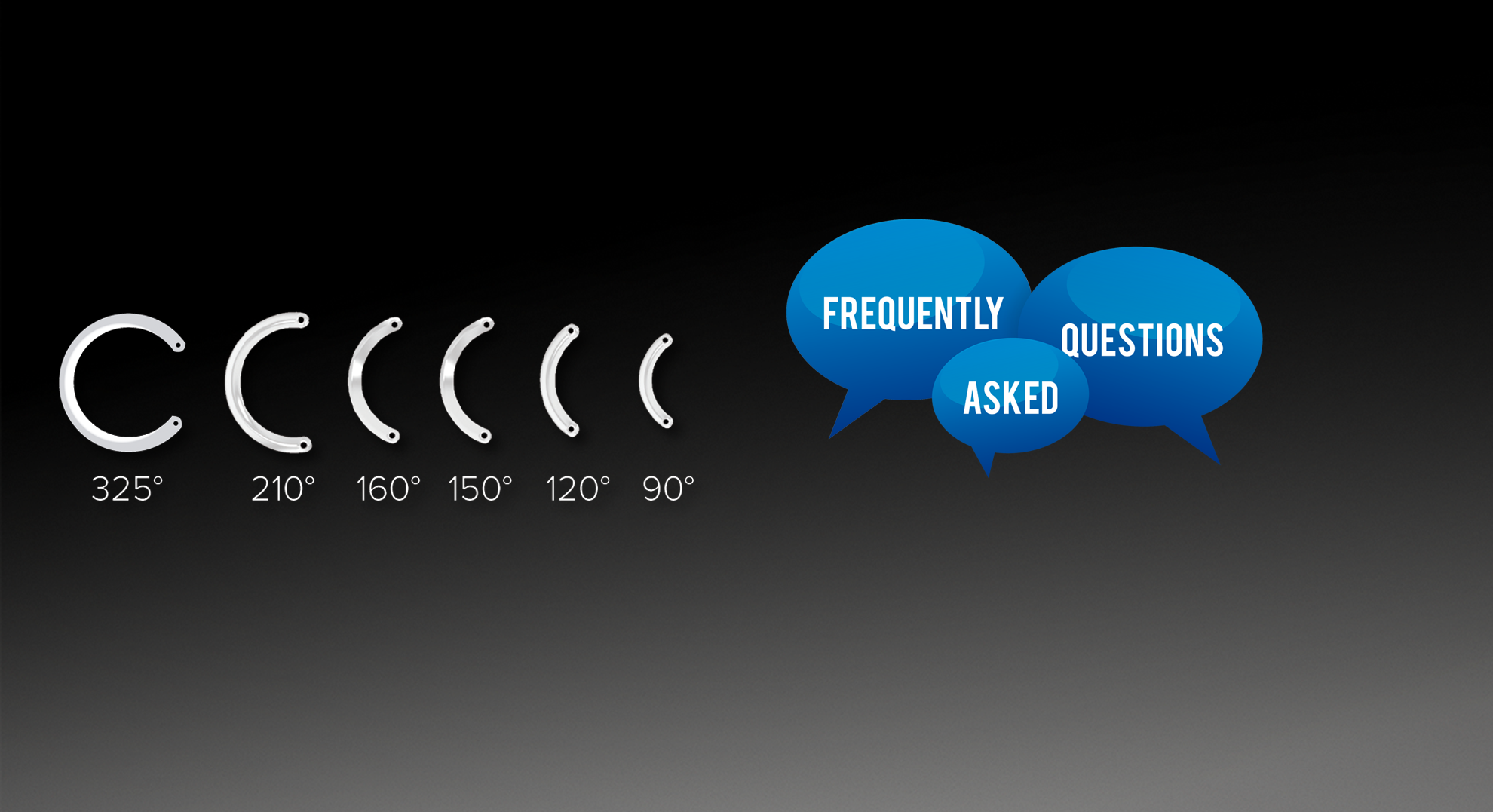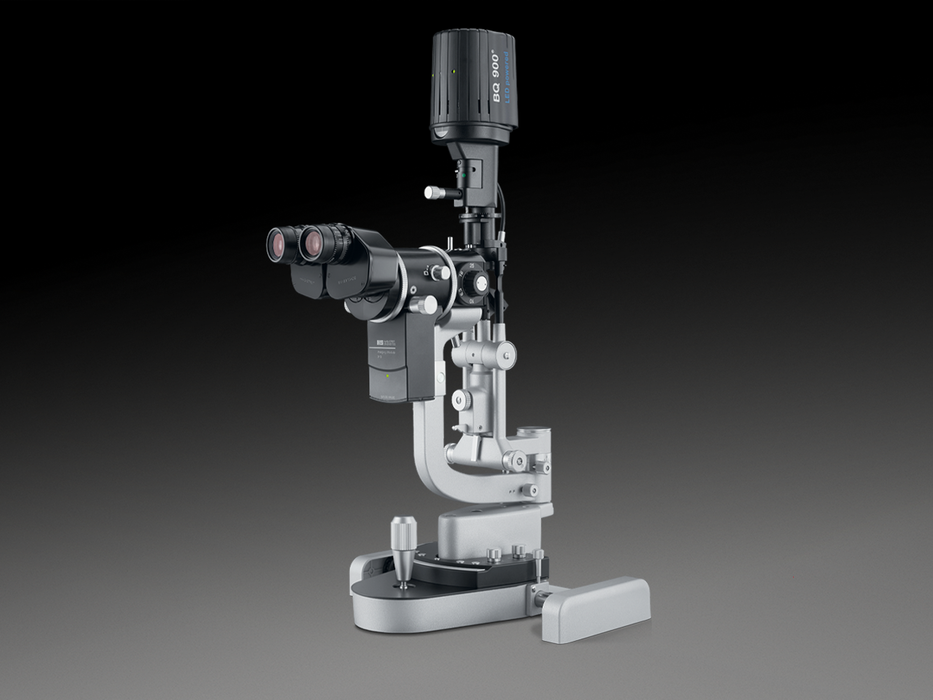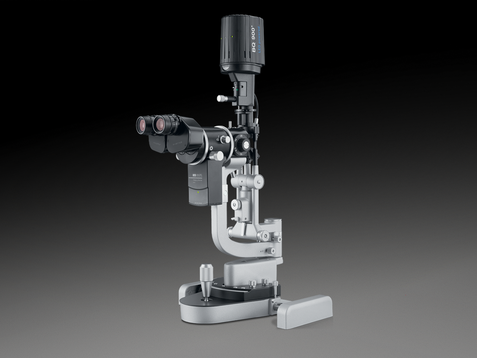
Keraring frequently asked questions
Expand the questions below to find out more
KERARING intrastromal corneal ring segments can reduce refractive errors associated with keratoconus and other ectatic disorders. KERARING flattens and regularises the cornea to improve visual acuity. KERARING can delay, or even omit, the need for a transplant avoiding long visual rehabilitation and unpredictable outcomes.
KERARING segments remodel the cornea via the addition technique, while preserving corneal integrity. The rings' mechanisms of action help in corneal topographical regularisation and refractive correction, conserving the natural corneal prolate profile. Optical aberrations are reduced, while visual acuity and tolerance to contact lenses is improved. The displacement of the corneal apex to the pupillary centre helps in the stabilisation of corneal ectasia thus delaying or preventing corneal transplantation.
There are two varieties of KERARING segments: Standard rings with constant thickness and KERARING AS with progressive thickness. Both come in a 5mm and 6mm diameter.
KERARING implantation is a simple procedure with a short learning curve, performed under topical anesthesia in an outpatient setting. It can be implanted quickly and easily using either femtosecond laser or manual technique.
Topographic and refractive changes start immediately after implantation and stabilise after three months, on average.
With over 50 options of thickness, arc lengths and diameters, the KERARING range provides significant customisation of corneal remodelling and refractive correction. KERARING is available in two models: SI-5 for 5 mm optical zone implantation and SI-6 for 6 mm implantation, providing even more options to manage individual cases.
The KERARING segment's implantation may be used in synergy with other techniques, such as corneal collagen crosslinking, topography-guided PRK, toric ICL and contact lenses.
KERARING may be explanted at any time, allowing the cornea to return to its original characteristics. The refractive and topographic effects can be easily adjusted by exchanging and or repositioning the implant. KERARING's unique cross-sectional shape produces a prismatic effect to reflect incoming light, thus minimising glare and halos.
KERARING AS is the first and only intrastromal ring segment with progressive thickness. It provides even greater treatment customisation options when planning to achieve optimal visual and refractive outcomes for each individual case. It is implanted by using existing techniques and instrumentation, and is available in 150o, 160o, 180o and 330o arc length, 5mm diameter and the following progressive thicknesses: (clockwise and counter-clockwise) 250μm to 350μm, 200μm to 300μm and 150μm to 250μm.
KERARING is manufactured by Mediphacos, a company that was established in 1971, which has an international presence in over 60 countries on 5 continents. Haag-Streit UK is an Authorised UK Distributor of the Mediphacos KERARING range.

